Home Reviews ,,,,,
Within the crowded professional Nas market, the models of the Thecus series juggle for the build quality and the verticalization of the offer. At Cyber Layman we tested the new N5810Pro model featuring a whole series of redundancy options, both electrical and data, useful to ensure work continuity in every situation.
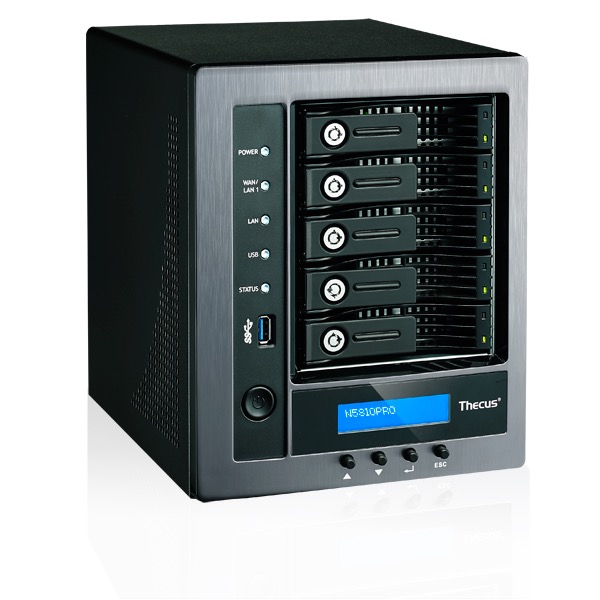 Out of the box
Out of the box
The N5810Pro under test looks like a black monolith of important dimensions: the front is dominated by the five bays for 3.5 ″ hard drives , whose opening is managed by a key lock (included inside), and by a whole series of white LEDs that show at first sight the operation of the entire NAS even without an active connection.
A monochrome display peeks out at the bottom with a series of small manual adjustments that allow intervention in the event of a device without network.
Of our tests this eventuality has never occurred , also because in the back there are five sockets, which can be configured separately, which guarantee u n considerable operational flexibility also allowing redundancy from the point of view of the network.
The monochrome display is still interesting because it offers a whole series of information that can be easily found locally on the device without having to use a Mac or a Tablet with a connection for basic data.
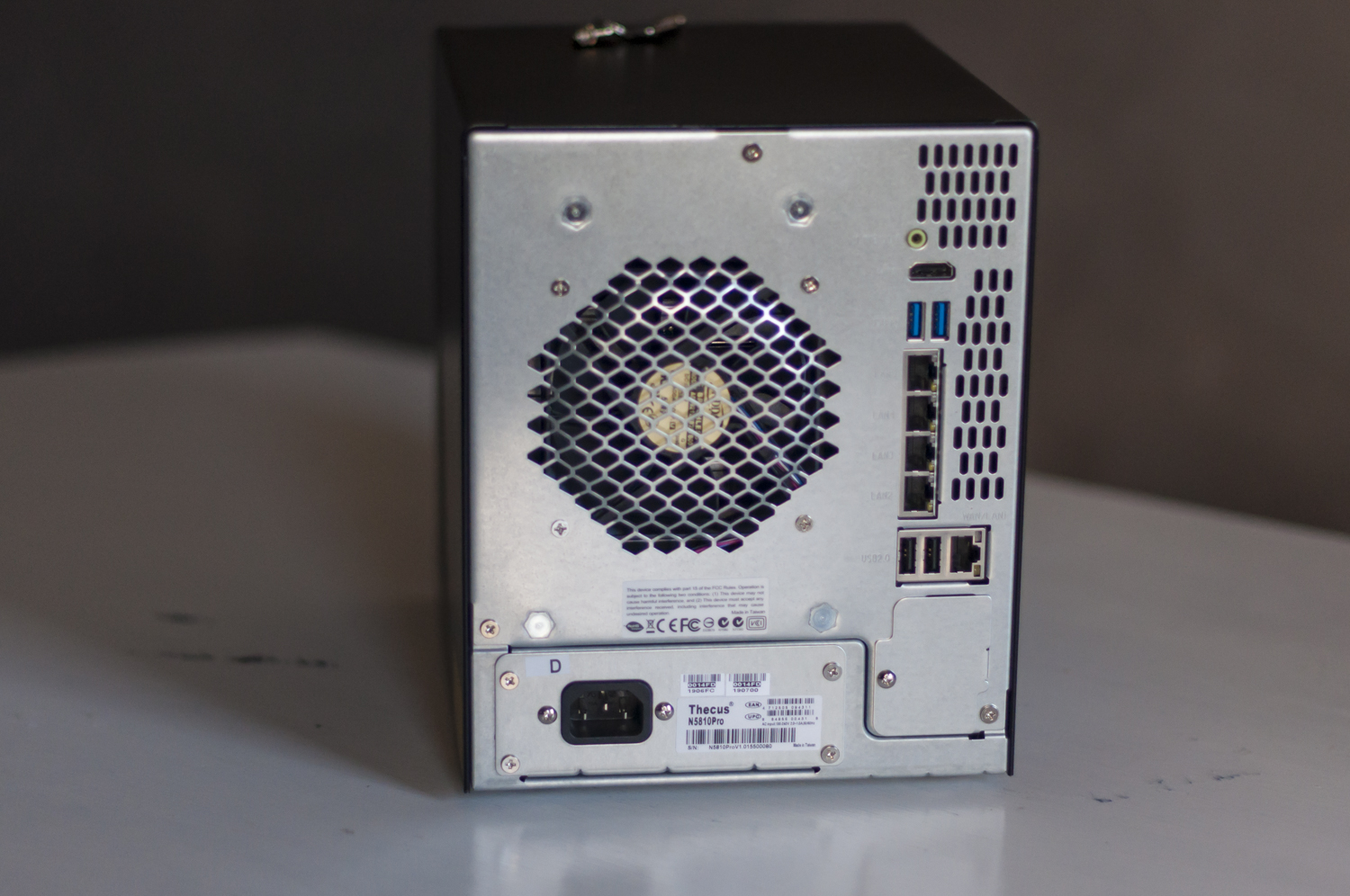
A USB-A 3.0 connector closes the review of the ports front input and two others in the back (with the possibility of using also disks formatted in HFS +, the filesystem for Mac), useful for connecting peripherals such as keyboards and mice (which we can use for web browsing via TV) and a HDMI port for using a display as multimedia playback or internet browsing.
On this point, however, we must emphasize that the remote control is missing inside the box, even if the very nature of this device is not lend a lot to such basic use as a simple video or photo player: it is however possible to use the Smartphone Apps to drive the KODI software once it is started.
Aesthetically, the shape and above all the characteristics make it ideal for the little one. or medium office or even for large companies that have other servers or NAS for storage but want a device designed specifically for the most important data, which offers redundancy options that servers may not offer.
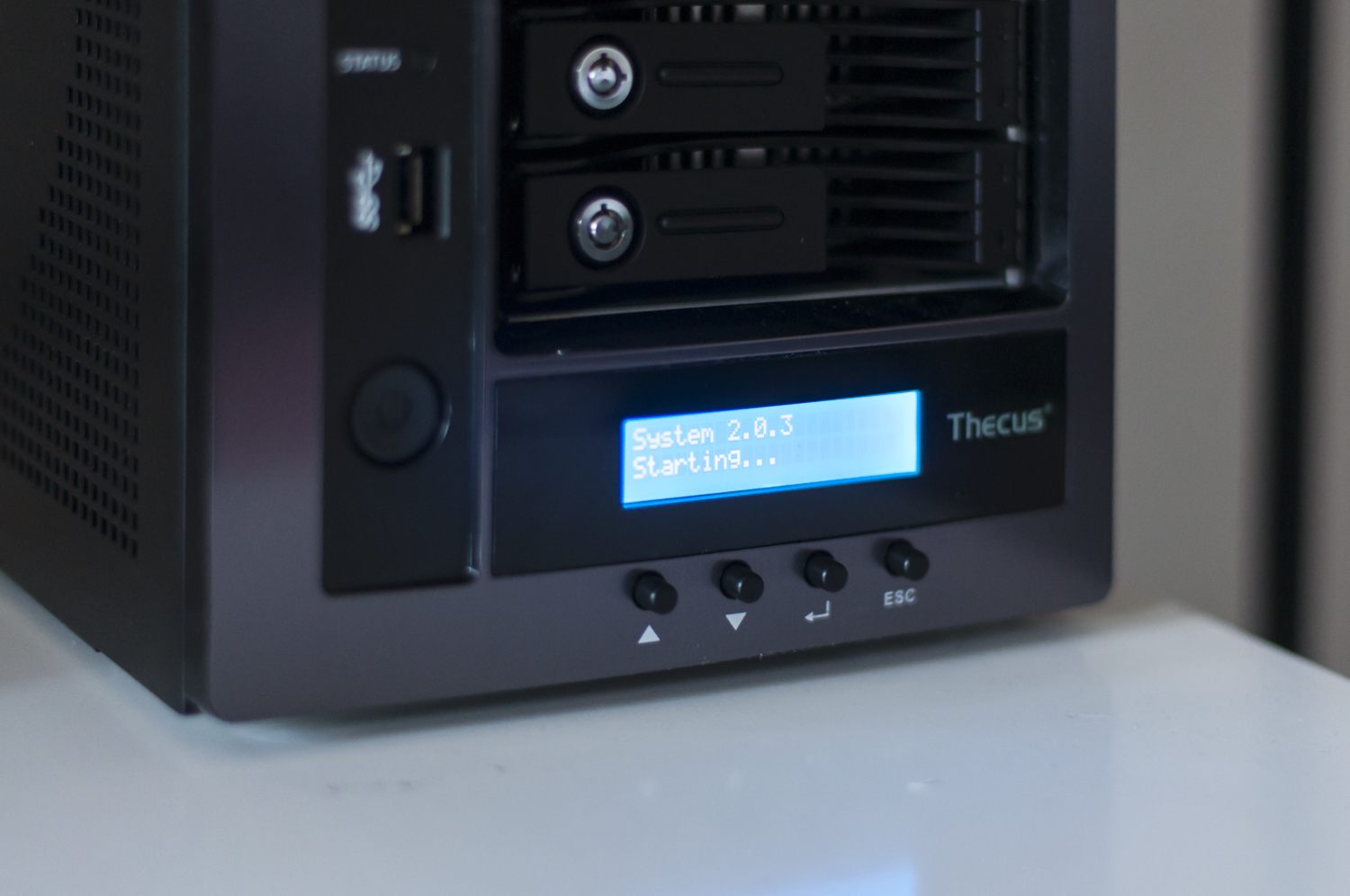
N5810Pro, redundancy first of all
The aspect that most of all permeates this N5810Pro is undoubtedly redundancy, present in every detail. The five bays allow you to use five SATA disks in Raid mode 0, 1, 5 or 6 or even as single JBOD disks. In particular, the Raid 6 mode allows access to files safely even with the simultaneous breaking of two disks.
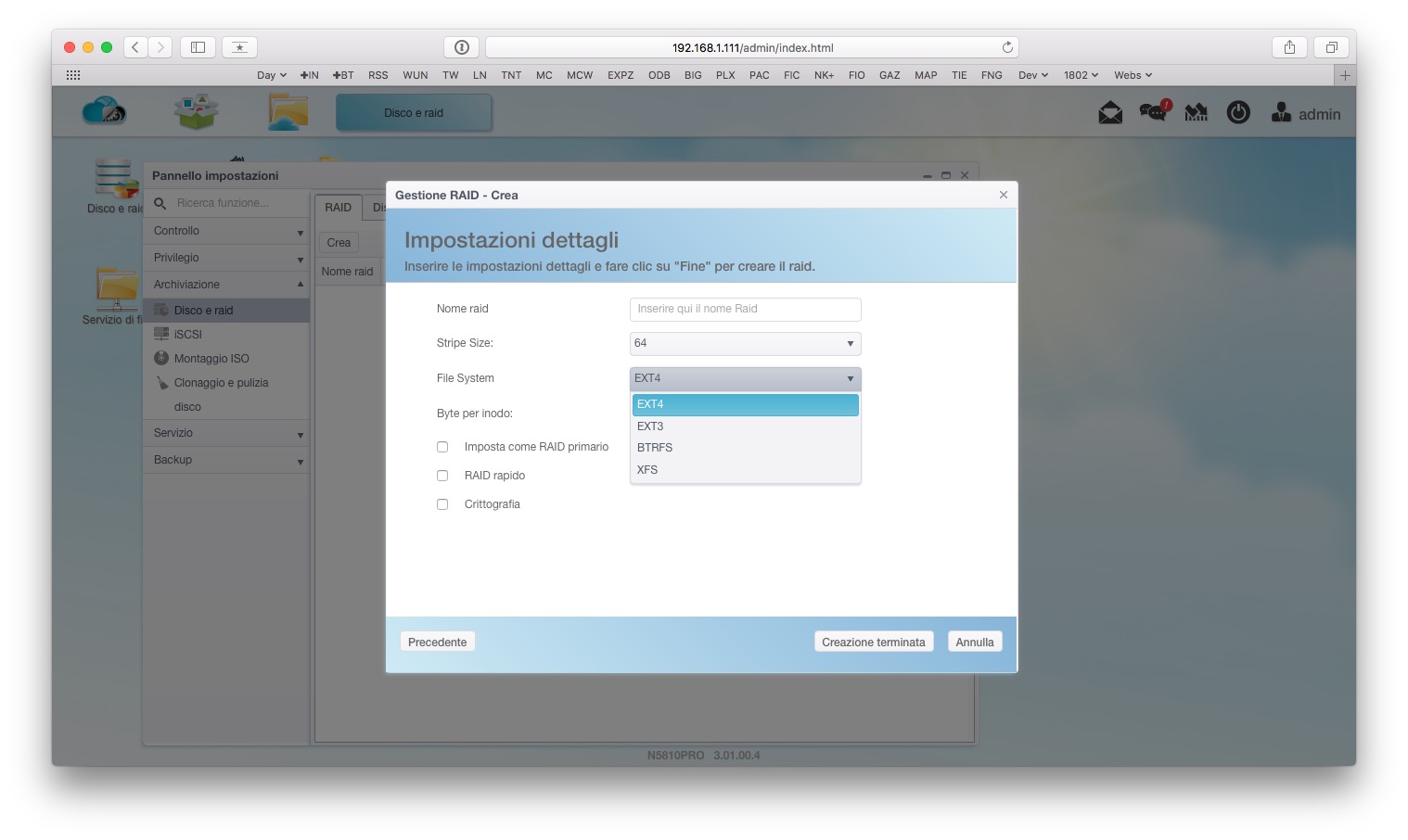
Among other things, during the creation phase of Raid 0 or 1 sets, the TheCus 7 operating system asks the user to indicate a third security disk, which is not normally used but which is activated automatically when failure of one of the two disks of the raid set, and which remains committed until the actual replacement (redundancy on redundancy).
In our tests we used Seagate disks of the IronWolf series, specifically designed for use with NAS: we liked the units a lot, both in terms of readiness and noise, although this is not a determining factor in this kind of storage: users interested in these units can find them directly at Amazon in 6TB denominations , 4TB, 3TB and 2TB.
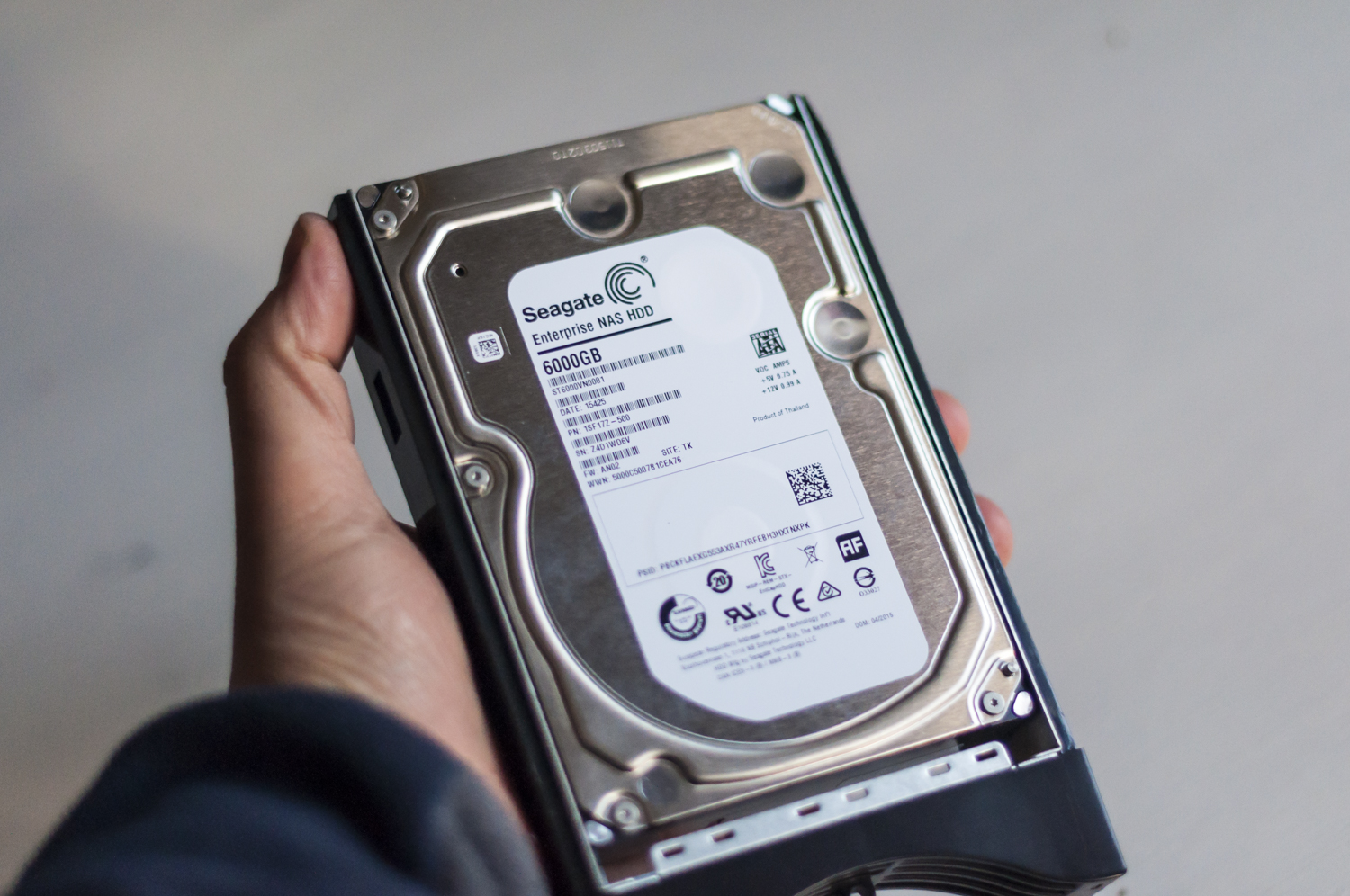
Different speech for Ethernet ports, c he can be used individually but also with support for link aggregation, so connected to a dedicated router they can offer data throughput five times higher than Gigabit.
In this case we have not tried this configuration because it is too specific: we can say that the NAS, connected by cable to an Airport base that acted as a switch to a Fastweb router, the performance was close to that of Gigabit, so we could safely use all types of documents directly from the NAS, including streaming movies directly via the SMB protocol with an iMac with macOS Sierra.
Closes the last interesting aspect, which concerns the power supply: in the back there is the a battery-powered unit, a small integrated UPS that keeps the NAS alive even in the event of a power failure: the battery recharges with normal use and automatically activates itself when o necessary due to lack of energy and then return to recharge when the energy has been restored.
This aspect, not to be underestimated, allows the conservation of temporary files.
Thecus OS 7, beautiful but traditional
The Thecus OS 7 operating system, which we had already met here at Cyber Layman in the review of the N2810 model is very simple, flexible and powerful. The management is minimalist but complete with every option, including the App store which offers all the most important software: just to name a few we proceeded to immediately download Plex, Kodi and iTunes server for entertainment, Acronis for backup, some development tools and to get an Apache server, Transmit and many others.
We really liked the handy widget that, from the main window in the browser, opens to the various processor workloads to control, on the fly, what it is doing and if you need to worry about an excessive load.
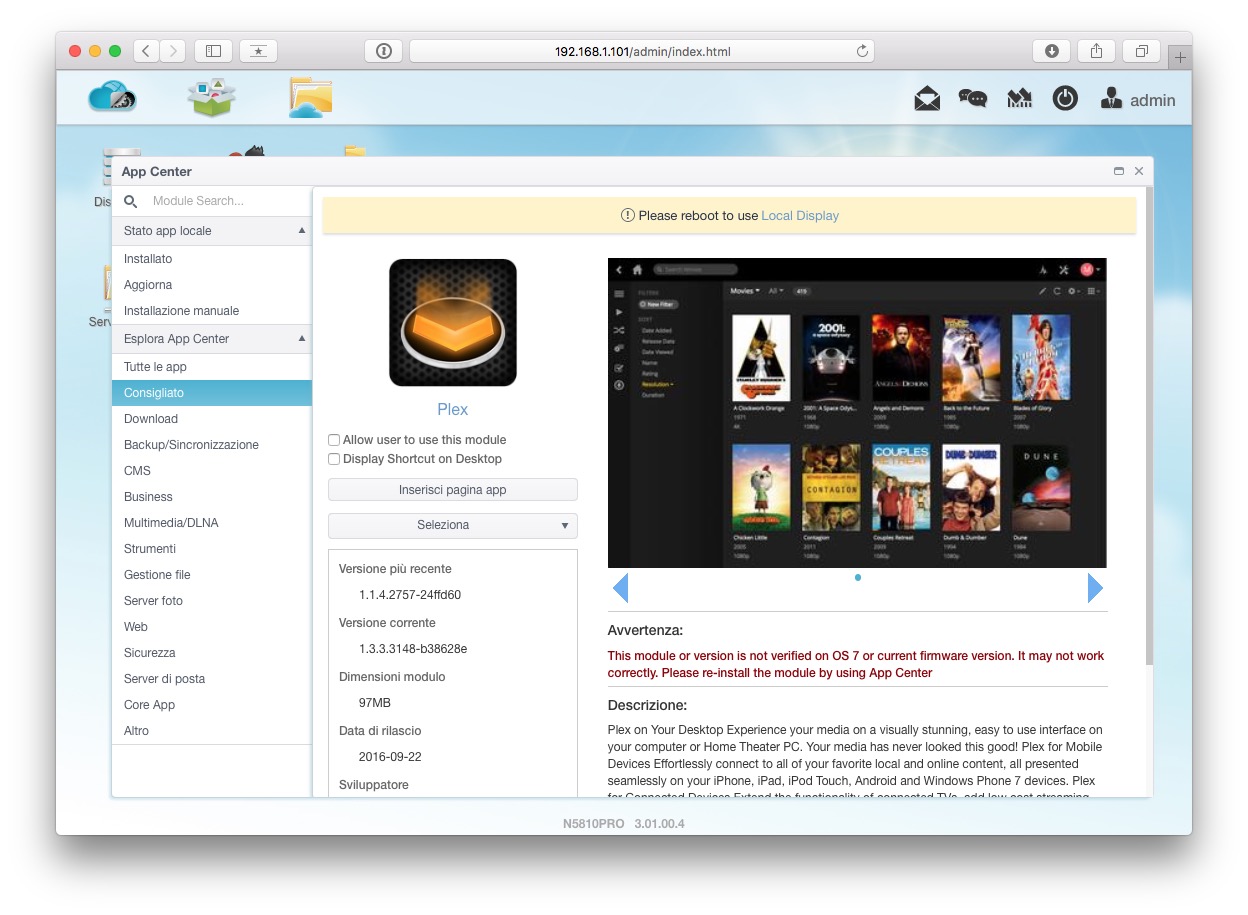
The power of the Nas in our case was always oversized for all the tasks proposed, from the transcoding of a FullHD file to the backup, from the management of a Plex database to the on-the-fly reproduction of an MP4 file, up to the activation of some server via App. Even connecting three Macs simultaneously in SMB in the use of different files the NAS does not have never batted an eye.
On the other hand, and it is a rather felt lack that we hope Thecus remedies soon, an App for the mobile that on the one hand allows you to manage the NAS also from smartphones or tablets and from another allows the management of documents within it, both in streaming for music and films and for direct sharing with other Apps without having to go through a computer. Actually an App on the App Store exists but it is very old and limited in functions.
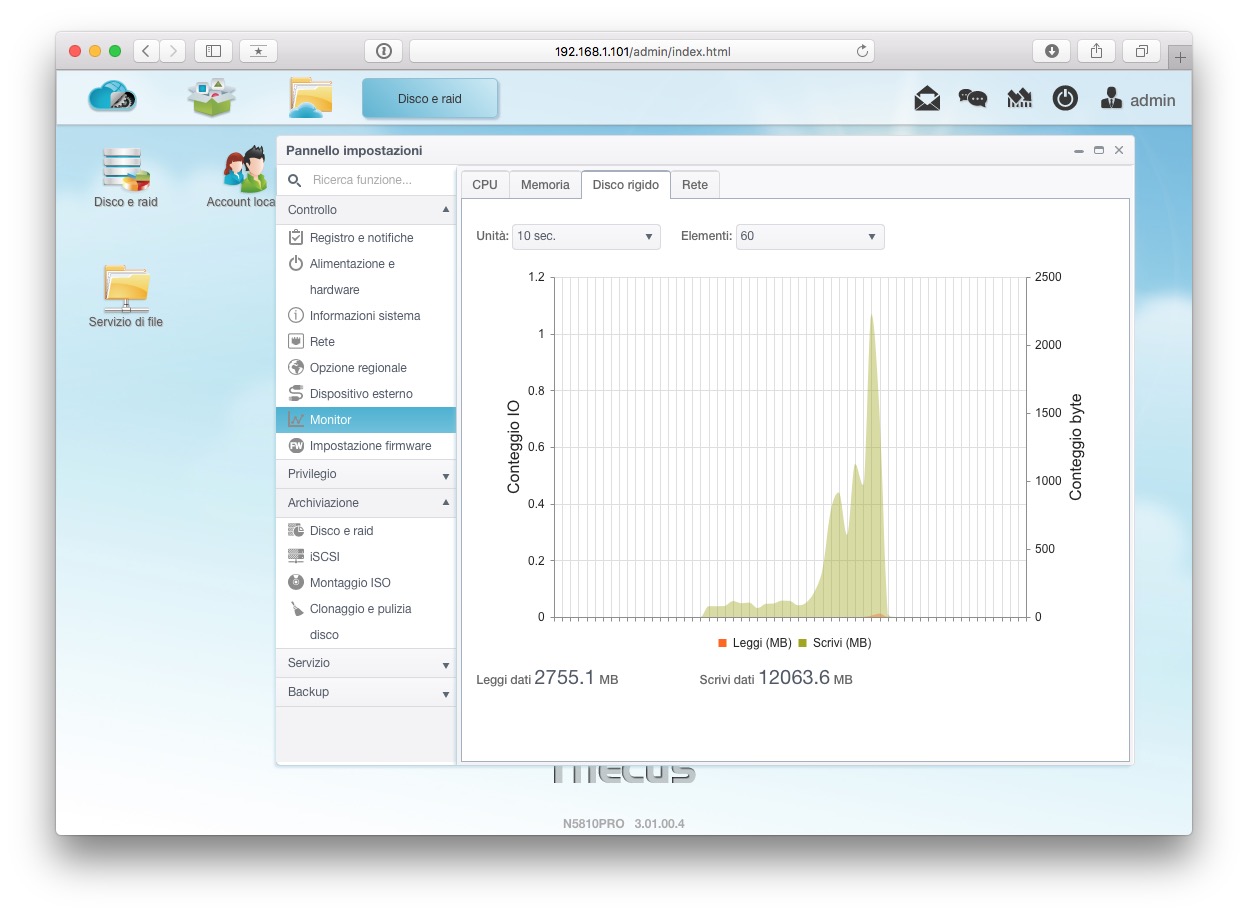
Conclusions
For construction quality, intrinsic solutions and standard equipment we can say that the N5810Pro is undoubtedly the ideal companion for many offices, as we have said both as a unique and primary NAS and complement dedicated to redundancy.
The ease of configuration (at least in the basic equipment, Apps excluded), together with the noise level (which varies according to the status of the processes) requires a secluded position and difficult to adapt to living room (even if the streaming services allow its use even if placed inside the wardrobe or in the kitchen, watching movies in the living room), while for the included power we do not believe there are today many tasks that can put it in difficulty ( thinking about the usual use of the NAS).
The lack of a modern App for the mobile is felt, but the product is on par with some very useful functions in some specific moments such as the front panel for offline operations and the use of LEDs for an indication of operation even without an active connection.
The NAS N5810Pro is available through the Italian distributor DCS, but our players can also find it on offer on Amazon.it (the article is without discs, in the test we used various configurations with Seagate 6TB IronWolf disks)
Pro : • Redundant in every aspect • Wide flexibility in RAID management • A display for offline activities • Integrated emergency battery
Against : • A mobile management app is missing • Noisy, not to be used next to the TV
Price : 729.00 Euro (without discs)
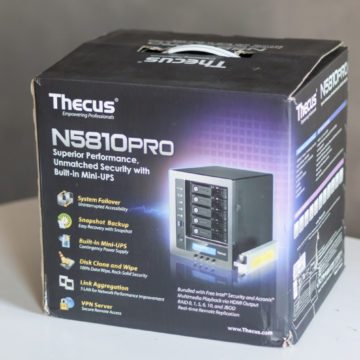
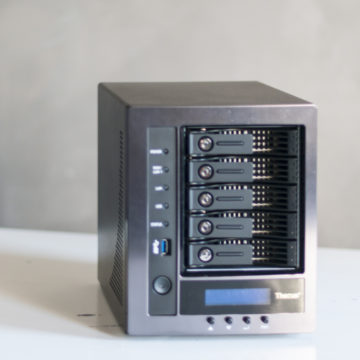
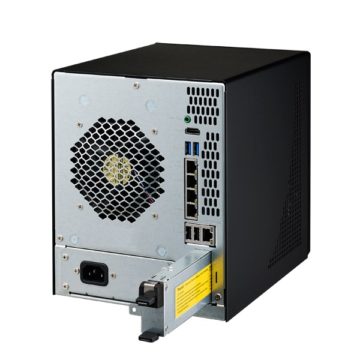
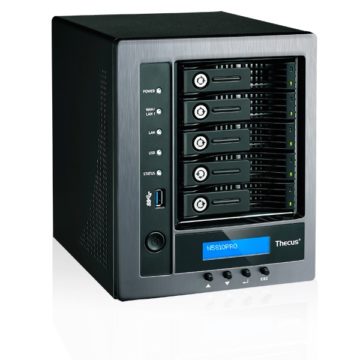
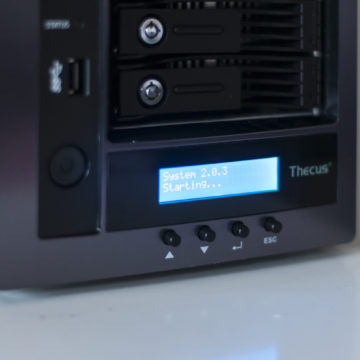
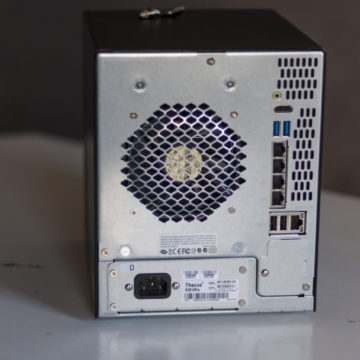
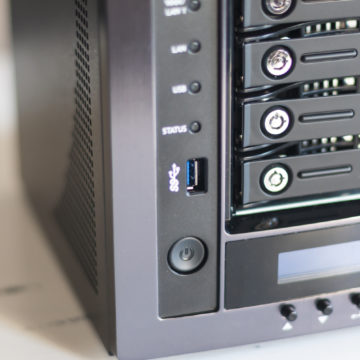
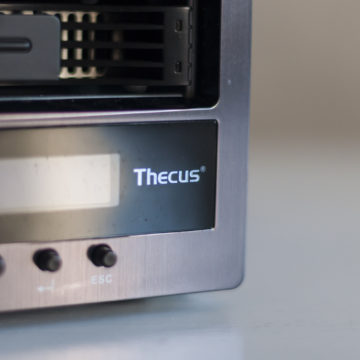
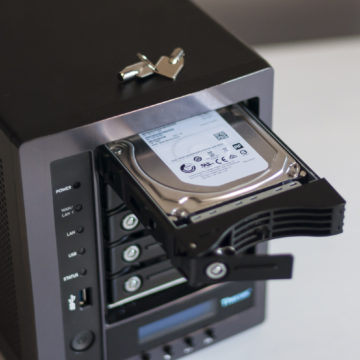
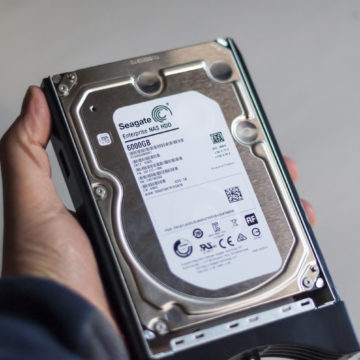
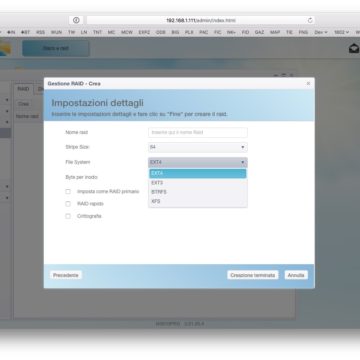

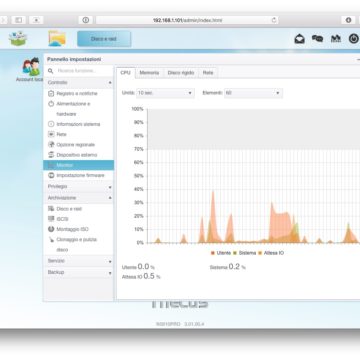
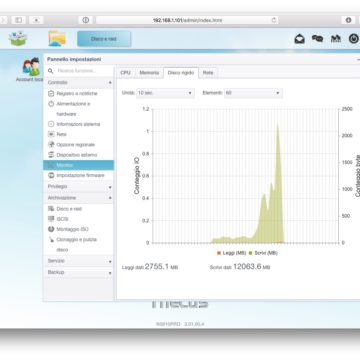

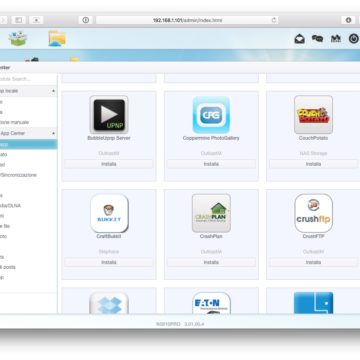
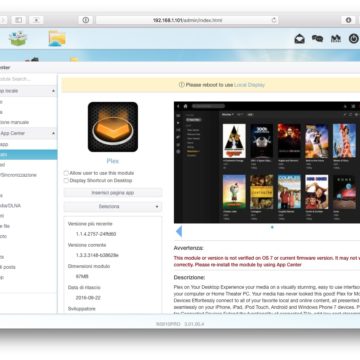
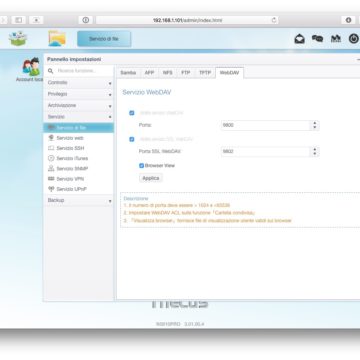
,,




